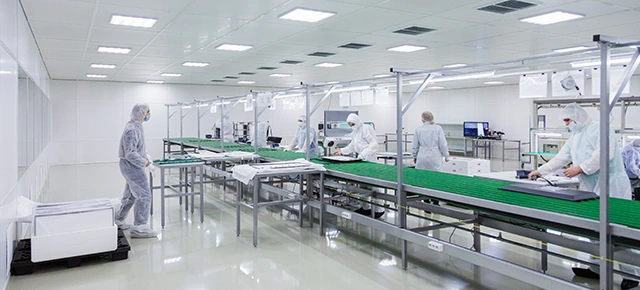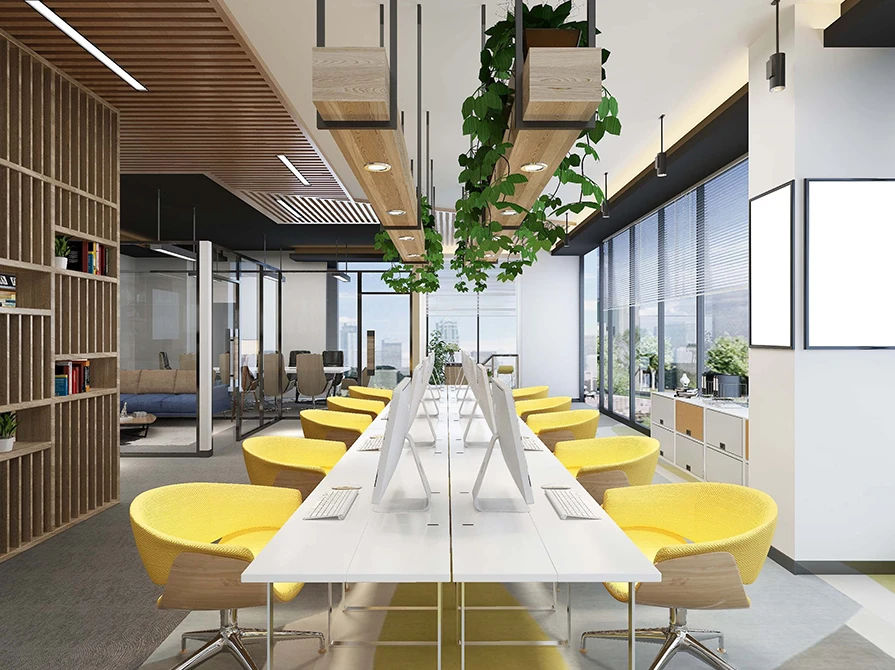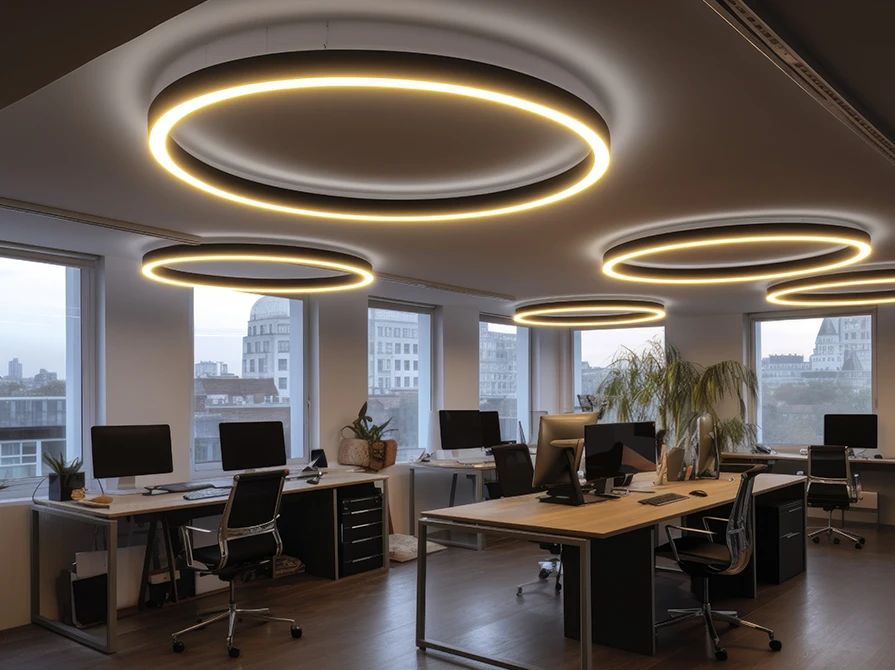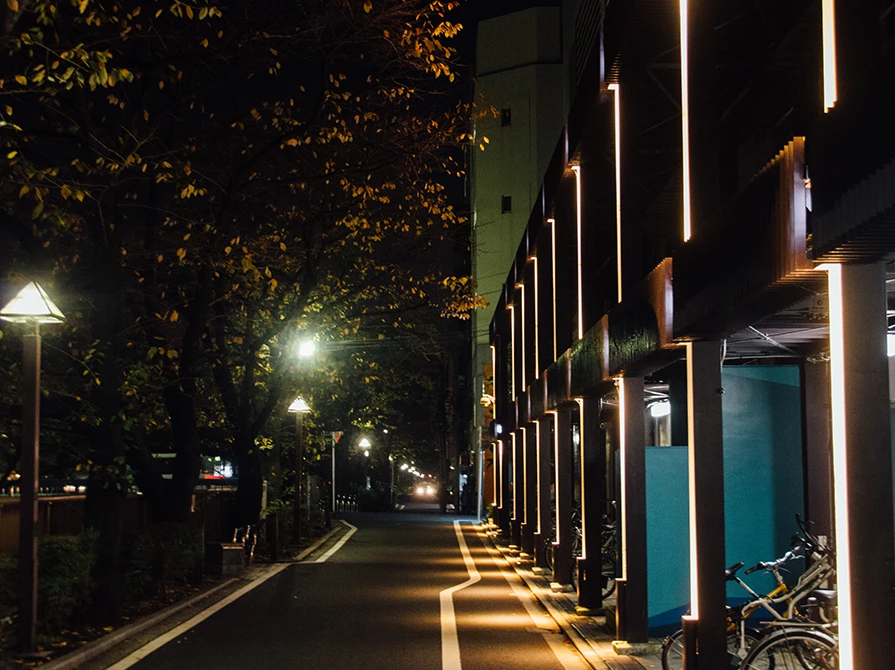Enhancing Visibility in Food Processing Environments: Lighting Solutions for Safety and Efficiency
In the food processing industry, visibility is paramount to ensure safety, quality control, and operational efficiency. Adequate lighting not only illuminates workspaces but also enhances visibility, enabling personnel to inspect, handle, and process food products with precision. This blog delves into the importance of visibility in food processing environments and explores lighting solutions designed to optimize visibility while meeting industry-specific requirements.
Importance of Visibility in Food Processing:
- Ensure Food Safety: Adequate lighting allows personnel to identify contaminants, irregularities, or foreign objects in food products, preventing potential hazards and ensuring compliance with food safety standards.
- Facilitate Quality Control: Clear visibility enables personnel to inspect food products for color, texture, and consistency, ensuring adherence to quality standards and customer expectations.
- Enhance Operational Efficiency: Good visibility reduces errors, minimizes downtime, and streamlines workflow processes, ultimately enhancing productivity and operational efficiency in food processing facilities.
Challenges in Achieving Optimal Visibility:
- Harsh Environmental Conditions: Food processing environments often present challenges such as high humidity, temperature fluctuations, and exposure to water or steam, which can impact lighting performance and longevity.
- Hygiene Requirements: Food processing facilities must adhere to strict hygiene standards, necessitating lighting solutions that are easy to clean, resistant to chemicals, and capable of withstanding frequent washdowns.
- Compliance Regulations: Food processing facilities must comply with regulatory requirements related to lighting intensity, color rendering, and hazard identification, posing additional challenges in selecting suitable lighting solutions.
Lighting Solutions for Enhanced Visibility:
- LED Lighting: LED fixtures offer energy-efficient and long-lasting lighting solutions ideal for food processing environments. They provide bright, uniform illumination with excellent color rendering properties, enhancing visibility and color differentiation during food inspection and processing tasks.
- IP-Rated Fixtures: In environments exposed to moisture, water, or steam, IP-rated lighting fixtures with ingress protection are essential to prevent damage and ensure reliable performance. These fixtures are designed to withstand harsh environmental conditions while maintaining optimal illumination levels.
- Task Lighting: Task-specific lighting solutions, such as adjustable task lights or under-cabinet lighting, provide focused illumination where needed, improving visibility during intricate tasks such as slicing, dicing, or sorting food products.
- Color Temperature Selection: Choosing the right color temperature for lighting is critical in food processing environments. Cool white lighting (5000-6500K) enhances visual acuity and clarity, while warmer color temperatures (3000-4000K) create a more inviting ambiance without compromising visibility.
- Emergency Lighting: In the event of a power outage or emergency, backup emergency lighting systems ensure continuous illumination, enabling personnel to safely evacuate the premises or perform critical tasks until normal lighting is restored.
Best Practices for Implementing Lighting Solutions in Food Processing Environments:
- Conduct Lighting Audits: Regular lighting audits help assess the effectiveness of existing lighting systems and identify areas for improvement in terms of visibility, energy efficiency, and compliance with regulations.
- Consider Hygiene Requirements: Select lighting fixtures with smooth, easy-to-clean surfaces and minimal crevices to prevent the buildup of dirt, dust, or food particles. Ensure fixtures are rated for washdowns and resistant to chemicals used in cleaning processes.
- Optimize Lighting Layout: Design lighting layouts that provide uniform illumination across all work areas, minimizing shadows and glare. Position fixtures strategically to avoid obstructions and ensure optimal visibility during various tasks.
- Invest in Maintenance: Implement a proactive maintenance schedule to regularly clean, inspect, and replace lighting fixtures as needed. Address issues such as flickering, dimming, or color shifting promptly to maintain optimal visibility and safety.
Hazardous Area Classification and Lighting Selection:
- In food processing facilities, areas with potential hazards such as flammable gases, dust, or vapors require specialized lighting solutions to mitigate risks and ensure safety. Hazardous area classification, as per industry standards and regulations, determines the appropriate lighting fixtures for these areas.
- Explosion-proof lighting fixtures are designed to contain sparks and prevent ignition in hazardous environments where flammable substances may be present. These fixtures are constructed with rugged materials and sealed enclosures to prevent the entry of hazardous materials and minimize the risk of explosion or fire.
- Selection of lighting fixtures for hazardous areas should consider factors such as the type and level of hazard, ambient temperature, and ventilation requirements. Fixtures must be certified for use in specific hazardous classifications and comply with relevant safety standards to ensure reliable performance and compliance with regulations.
Human-Centric Lighting Design:
- Human-centric lighting design focuses on enhancing the well-being, productivity, and comfort of personnel in food processing environments by considering the biological and psychological effects of light on human physiology and behavior.
- Tunable white lighting systems allow for dynamic adjustment of color temperature and intensity throughout the day to mimic natural daylight patterns and support circadian rhythms. This promotes alertness, concentration, and mood regulation among workers, particularly in environments with limited exposure to natural light.
- Biodynamic lighting solutions integrate color-changing LED fixtures with intelligent controls to create customized lighting scenarios tailored to specific tasks, activities, or user preferences. By providing the right light at the right time, biodynamic lighting enhances visual comfort, reduces fatigue, and improves overall well-being in food processing facilities.
Integration with Building Management Systems (BMS):
- Integration of lighting systems with Building Management Systems (BMS) allows for centralized monitoring, control, and optimization of lighting operations in food processing facilities. BMS platforms provide real-time visibility into lighting performance, energy consumption, and equipment status, enabling proactive maintenance and energy management.
- Seamless integration of lighting controls with BMS enables coordinated operation with other building systems, such as HVAC, security, and access control, to optimize overall facility performance and energy efficiency. By leveraging data analytics and predictive maintenance algorithms, BMS platforms optimize lighting schedules, reduce energy waste, and improve system reliability.
- BMS integration also enhances safety and compliance by enabling automated emergency lighting tests, occupancy sensing, and fault detection. Centralized control and monitoring capabilities facilitate rapid response to maintenance issues, equipment failures, or safety concerns, minimizing downtime and ensuring uninterrupted operations in food processing environments.
Elevating Visibility Standards in Food Processing Environments
Achieving optimal visibility in food processing environments is essential for ensuring food safety, quality control, and operational efficiency. By investing in suitable lighting solutions tailored to the unique requirements of food processing facilities, such as LED lighting, IP-rated fixtures, and task-specific lighting, organizations can enhance visibility, comply with regulations, and create a safer and more productive work environment. Implementing best practices for lighting design, maintenance, and hygiene further reinforces the importance of visibility in food processing and contributes to overall success in the industry. For more details regarding our lighting solutions for food processing environments, please get in touch with us.










